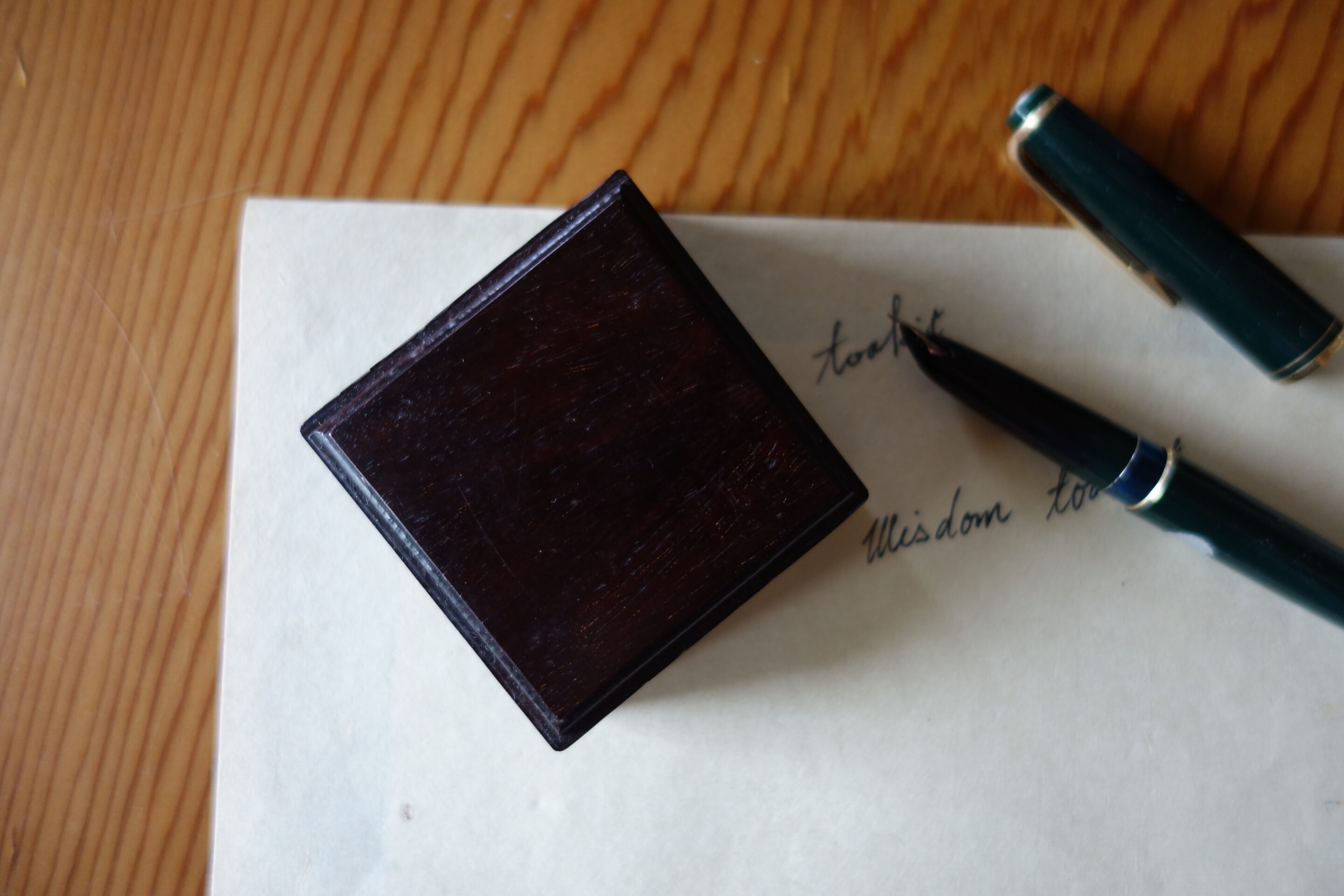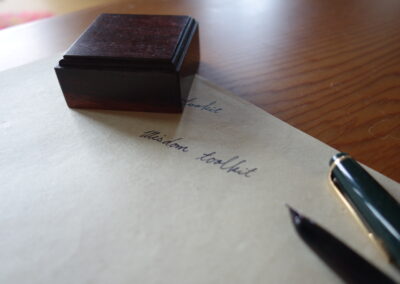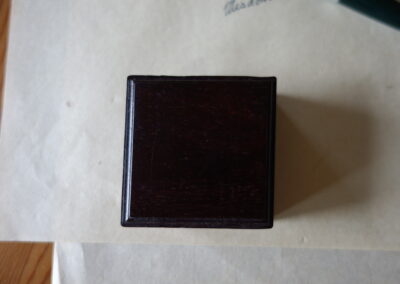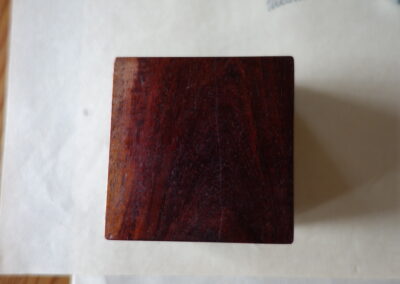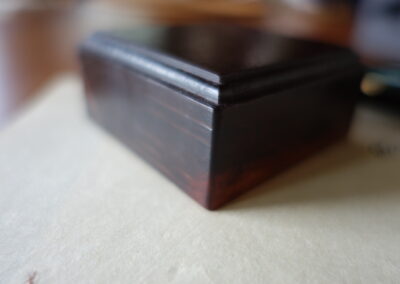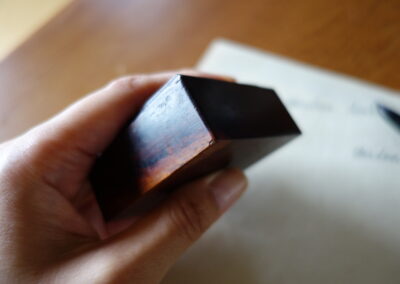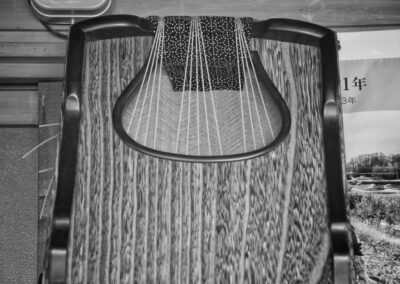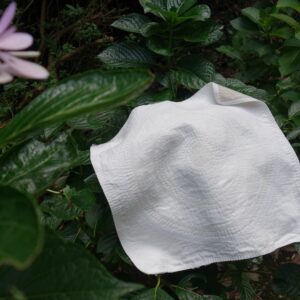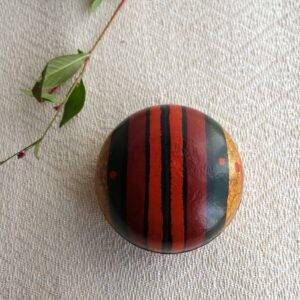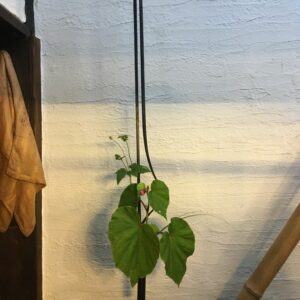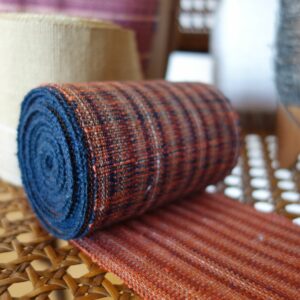Paperweight
A sturdy piece of cube, 6cm in each length and width. The edges are carved into three levels, one delicate round carving in between horizontal and vertical finishes.
Rosewood as a material is hard, heavy and ideal for a paperweight.
¥7,000
In stock
Additional information
| Weight | 400 g |
|---|---|
| Dimensions | 6 × 6 × 2.8 cm |
| Material | Rosewood |
| Maker | Takeshi Yoshizawa |
| Material | Wood |
Full Product Details
Koto is a stringed musical instrument: it is said to have been imported from China over a thousand years ago. Similar instruments can be seen all over Asia, and the Japanese koto usually has 13 strings, with adjustable bridges which enable the player to manipulate the frequencies, resulting in a much wider range of tones than only 13 notes.
The main body is paulownia wood, delivered from Aizu, Fukushima. It’s soft and light, allowing the sound to travel far while amplifying itself. The thicker, more dense woods are used to fasten and decorate the main body; such as red sandalwood, rosewood, quince, and ebony. They used to be imported from South East Asia and are now hard to get hold of since the Washington Treaty.
Takeshi Yoshizawa has been crafting koto since he was 16.
As a way to utilise the rare material necessary for koto making, he started making small objects out of leftover parts; photo stands, chopstick rests, etc… With most of them, I could tell which part of the leftovers he used, but not with this paperweight.
A sturdy piece of cube, 6cm in each length and width. The edges are carved into three levels, one delicate round carving in between horizontal and vertical finishes.
You can tell it’s a work of hand in the not-100% squarely finish, and that is where we humans seem to find comfort.
The material is rosewood. I had to video call Takeshi to double-check. He, despite being a newcomer to the world of smartphones, saw the gradation of the colours at the back of it:
“It must be rosewood, red sandalwood wouldn’t have that gradation,” he said.
I marvel at the lines of grains, incorporating the subtle nuances of colours, and see the universe in them.
